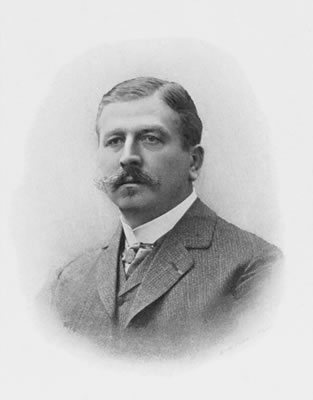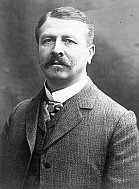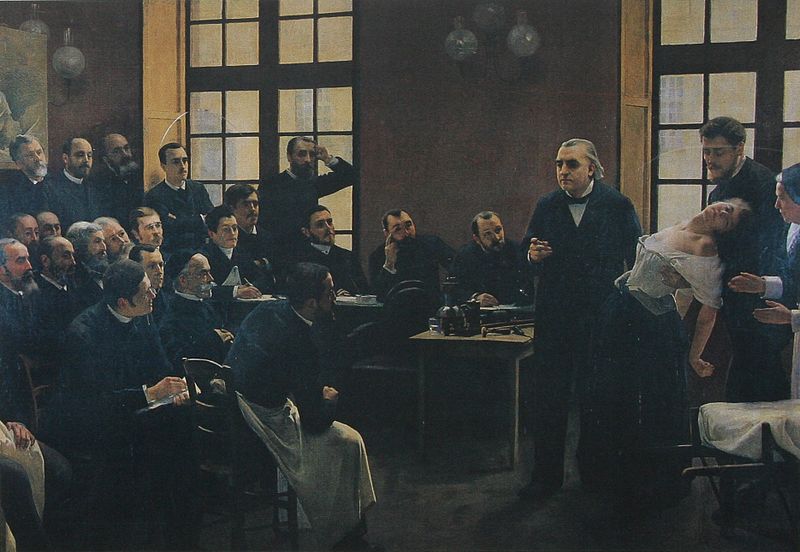<Back to Index>
- Neurologist Joseph Jules François Félix Babinski, 1857
- Sculptor Bartolommeo (Baccio) Bandinelli (Brandini), 1493
- Prime Minister of Portugal João Carlos Saldanha de Oliveira Daun, 1790
PAGE SPONSOR


Joseph Jules François Félix Babinski (17 November 1857 – 29 October 1932) was a French neurologist of Polish descent. He is best known for his 1896 description of the Babinski sign, a pathological plantar reflex indicative of corticospinal tract damage.
Born in Paris, Babinski was the son of a Polish engineer and his wife who in 1848 fled Warsaw for Paris because of a Russian reign of terror instigated to stall Polish attempts at achieving independence.
Babinski received his medical degree from the University of Paris in 1884. He came early to Professor Charcot at Paris' Salpêtrière Hospital and became his favorite student.
Charcot's 1893 death left Babinski without support, and he subsequently never participated in qualifying academic competitions. Free of teaching duties, while working at the Hôpital de la Pitié he was left with ample time to devote himself to clinical neurology. He was a masterful clinician, minimally dependent on neuropathological examinations and laboratory tests.
Babinski also took an interest in the pathogenesis of hysteria and was the first to present acceptable differential - diagnostic criteria for separating hysteria from organic diseases, and coined the concept of pithiatism.
In 1896, at a meeting of the Société de Biologie, Babiński, in a 26 line presentation, delivered the first report on the "phenomène des orteils", i.e., that while the normal reflex of the sole of the foot is a plantar reflex of the toes, an injury to the pyramidal tract will show an isolated dorsal flexion of the great toe — "Babinski's sign."
During World War I, Babinski had charge of many traumatic neurology cases at the Pitié Hospitals.
He was professor of neurology at the University of Paris.
Babinski wrote over 200 papers on nervous disorders. With Jules Froment he published Hysteropithiatisme en Neurologie de Guerre (1917), which was translated into English in 1918 by Sir H. Rolleston. Babiński published some of his works in Polish.
Babinski lived with his younger brother, Henri Babinski, a distinguished engineer and famous cook who, as "Ali Baba," published a classic cookbook.
With Pierre Palau, Babinski, under the pseudonym "Olaf," wrote a disturbing play, Les détraquées, which premiered at the Deux - Masques theater in 1921. The play involves the murder of a young pupil at a girls' school by the school's principal and her accomplice, a dance teacher. André Breton discusses the work in Nadja.
A genius in neurology, Babinski died in Paris on 13 December 1932, the same year as two great Polish neurologists, Edward Flatau and Samuel Goldflam. In his last years he had suffered from Parkinson's disease.
Babinski lived to see his achievements in French neurology internationally acclaimed. He was honored by Poland's Wilno University, by the American Neurological Society, and by other foreign societies.
